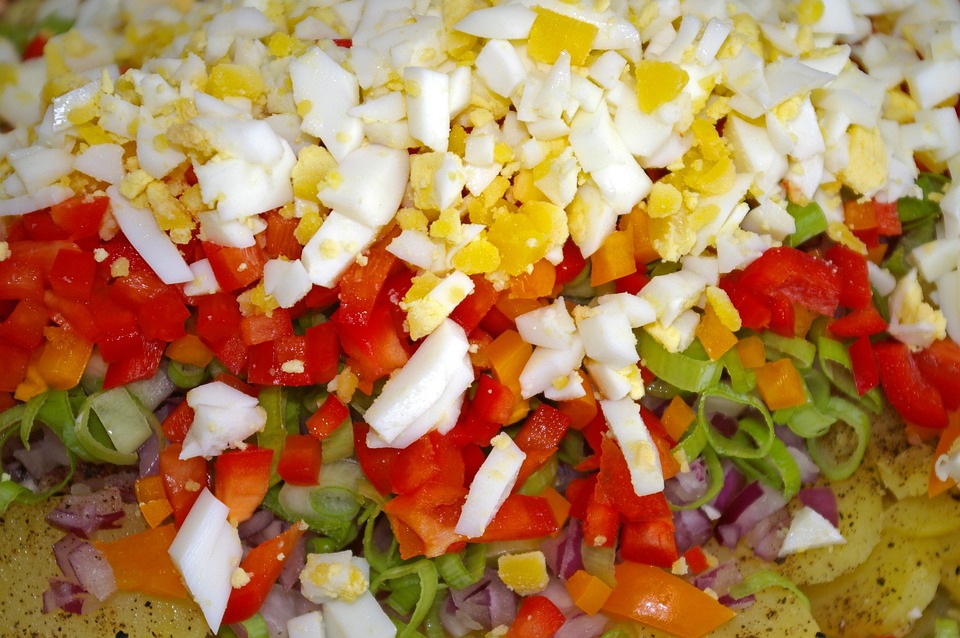Introduction
Growing your own fruits in your garden is not only a rewarding experience but also a great way to enjoy fresh and delicious produce. With the right selection of fruits, you can maximize your garden’s potential and create a beautiful and fruitful oasis. In this article, we will explore the top fruits to grow and enjoy in your garden.
Selecting the Right Fruits for Your Garden
When choosing fruits to grow in your garden, several factors should be considered. From climate and soil conditions to available space and personal preferences, these factors will influence your selection. Here are some top fruits that are relatively easy to grow and will thrive in a variety of garden settings:
1. Strawberries
Strawberries are an excellent choice for gardeners with limited space. They can be grown in hanging baskets, containers, or traditional garden beds. These juicy and sweet berries are rich in antioxidants and vitamin C. Ensure they receive at least six hours of direct sunlight daily, and provide well-draining soil for optimal growth.
2. Blueberries
Blueberries are considered a superfood due to their high levels of antioxidants and vitamins. These delicious berries can be easily grown in containers or garden beds. They prefer acidic soil, so mix peat moss or pine needles into the soil before planting. Blueberries thrive in areas with cold winters and moderate summers.
3. Apples
Apples are a popular fruit to grow in home gardens. There are various apple tree varieties suitable for different climates and sizes of gardens. Choose disease-resistant varieties, and make sure to provide adequate space, as apple trees can be quite large. They require well-draining soil and full sun exposure to produce abundant, crisp apples.
4. Citrus Fruits
Growing citrus fruits such as oranges, lemons, and limes can be a rewarding experience. While they require warmer climates, they can also be grown in containers and brought indoors during colder seasons. Citrus fruits need well-draining soil, regular watering, and ample sunlight to thrive. Their fresh aroma and tangy flavor are undeniable pleasures.
5. Raspberries
Raspberries are a versatile fruit that can be enjoyed fresh, frozen, or used in various culinary creations. These berries are packed with antioxidants and vitamins. They can be grown in raised beds, trellises, or containers. Provide support and regular pruning to ensure healthy growth.
FAQs
1. What is the best time to plant these fruits?
The best time to plant strawberries and raspberries is in early spring when the soil can be worked easily. Blueberries and apples are generally planted in late winter or early spring while they are still dormant. Citrus fruits can be planted in early spring or early fall.
2. How often do these fruits need to be watered?
The watering frequency depends on the weather and soil conditions. Generally, these fruits require regular watering, especially during dry spells. Keep the soil moist but not waterlogged. Mulching around the plants will help retain moisture and reduce weed growth.
3. Are there any pest or disease concerns for these fruits?
Yes, each fruit may face specific pest or disease issues. For example, strawberries are prone to slugs and snails, while apple trees may be vulnerable to apple scab. Regular monitoring, proper sanitation, and using organic pest control methods will help minimize these risks. Local agricultural extension offices can provide guidance on specific pest and disease management for your area.
4. How long does it take for these fruits to bear fruit?
The time it takes for fruits to bear depends on the specific variety and growing conditions. Strawberries usually start producing fruit in their second year. Blueberries may take a couple of years to mature, while apple trees can take several years to bear a substantial harvest. Citrus fruits may start producing within a year or two, depending on the variety.
5. Should these fruits be grown from seeds or plants?
While some fruits can be grown from seeds, such as strawberries and raspberries, it is more common and convenient to start with plants or young tree saplings. These can be purchased from nurseries or reputable online sources to ensure healthy and disease-free plants.




